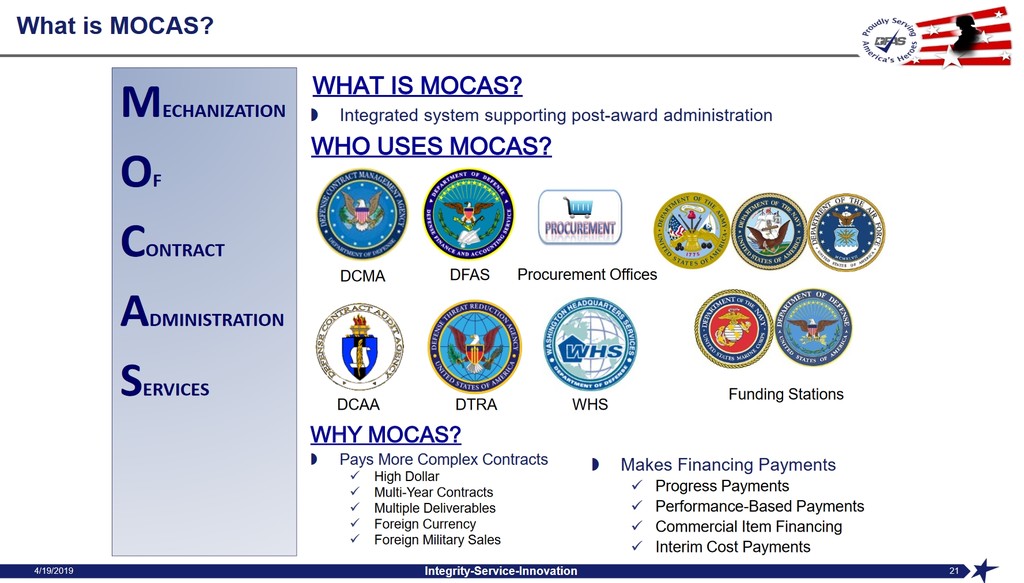Nowadays desktop and laptop applications have given way to mobile applications that flood our smartphones, but the longevity of these solutions is limited, something that leads us to ask ourselves a curious question: what is the oldest and most important computer program? which is still in use?
The answer takes us to the United States Department of Defense, where in 1958 an application was developed in charge of managing service contracts for the administration. That computer program was developed on the veteran COBOL, and it is so complex and crucial that it continues to function today in much the same way as 60 years ago.
Too expensive to replace this computer program
The so-called Mechanization of Contract Administration Services (MOCAS) appeared even a couple of years after COBOL was formally approved as a language. When it began to be used, it did not even use a screen and a keyboard, but punch cards that were the traditional way of entering data in computers.
That system managed to adapt to the new times … more or less. In the following decades, the computer program was adapted so that it will work in “green phosphorous” terminals – the color would arrive -, such as those used today by certain airlines, travel agencies, banks or telecommunications companies.
Nowadays, MOCAS has been made more usable by connecting it to a web interface with which it is possible to control the application, but the system is still absolutely vital: with it 1.3 billion (with b of a billion Spanish) of dollars in obligations, and 340,000 contracts. The server it runs on is modest: a 2008 IBM 2098 E-10 with 8GB of RAM whose processing power is 398 MIPS.
The United States government continues to try to replace this application with a more modern alternative, but past efforts have made that option not feasible at the moment: it would be too expensive and any system should perfectly overlap its execution with that of this application to avoid that a critical environment like this would have problems.
In fact, it seems that MOCAS is still active: this maintenance contract from April 2019 shows which areas the entity or body in charge of that maintenance must cover – in a language that is difficult to read full of acronyms -, which makes us assume that Trying to “modernize” MOCAS is proving to be quite a complex task.

This other document shows how MOCAS is a tool that is in fact used much more widely than we might think in large departments of the United States administrative structure.
COBOL and assembler make things difficult
The case of MOCAS is certainly remarkable, but it is not the only one. The aforementioned COBOL language is present in other systems that have ended up being too valuable and critical for a migration to other more modern platforms to be feasible or, at least, simple.
In 2020 the governor of the state of New Jersey in the US, Phil Murphy, publicly announced that COBOL programmers were needed: the pandemic had triggered unemployment, and their old data processing systems could not handle that burden. In The New York Times they recounted how other states like Connecticut with the same problem ended up launching an initiative to try to maintain those old systems.
Something similar was reported in the Federal News Network in October 2020: the Internal Revenue Service (IRS) supports its management in the so-called Individual Master File (IMF), an application programmed in assembler (and some COBOL, of course) in 1960 and that with its 200,000 lines of code it is a critical system.
A modernization project is in the works to bring that assembly code to a new platform, and while there was a promising attempt to “translate” that code into Java, the IRS determined that while it would work, it would not work optimally. Now they are doing a kind of artisanal conversion that is still underway but that is taking a lot of work and time to the IT department of this organization.
The space, last frontier?

Although it appeared almost 20 years later, there is at least one other computer program worthy of mention in this review: the one that continues to run today on the Voyager 1 and Voyager 2 probes, launched by NASA in 1977 and still running today. exploring areas of space that had never been reached.
Both ships are practically identical even in their set of three computers in which the flight data subsystem, the command computer and the “attitude and articulation” control subsystem are located. These systems ensure that there is still communication with the Earth and that the scientific instruments work.
The software for the Voyager probes has received updates that we could almost describe as “OTA in a big way”, but these improvements have been reduced, something logical considering that the memory of these on-board computers was reduced to 70 KB. These probes are expected to continue to function until 2025: around that time they will stop communicating with our planet, but who knows how much longer those programs will continue to function.
Also Read | First photos from Mars by Perseverance has reached to earth